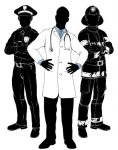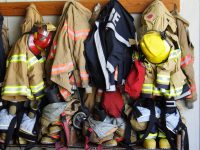Preventing Amputations: Lockout/Tagout
A worker at a Wisconsin cheese factory lost two fingers in an amputation incident in January 2013. The worker was operating an unguarded cheese packing and labeling machine. When OSHA investigated the incident, it discovered that a similar amputation had occurred a year earlier. According to OSHA, the amputations could have been prevented by the […]










